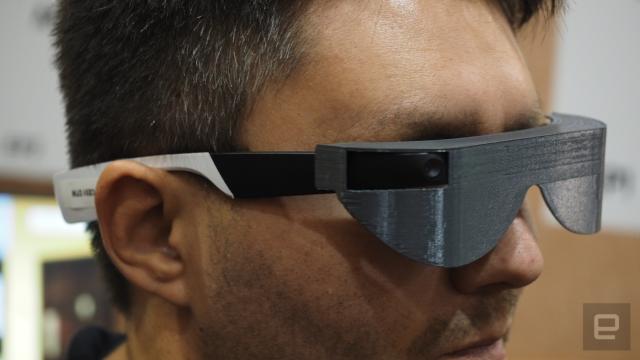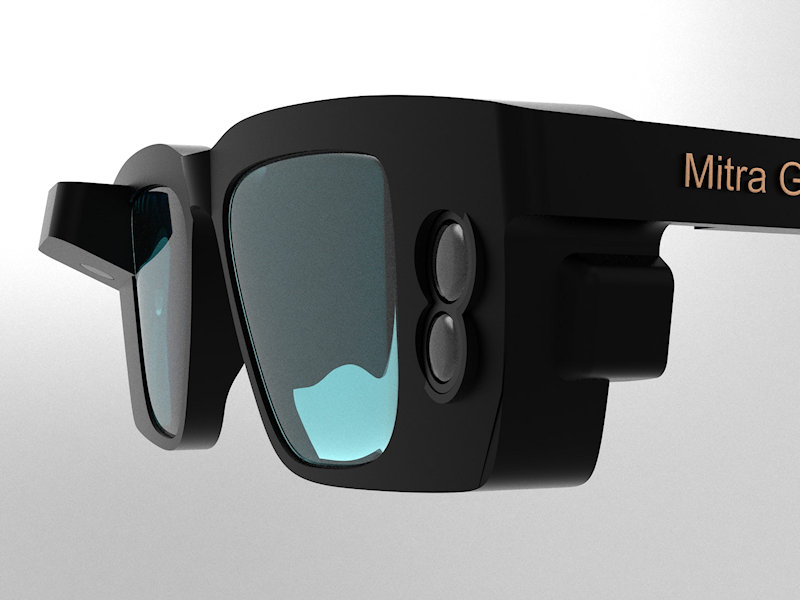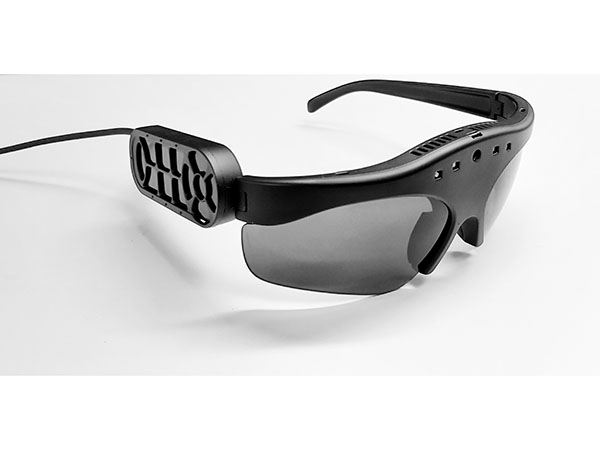Enhancing Accessibility Via Assistive Technology for the Blind
The assimilation of assistive innovation for the blind represents a pivotal advancement in access, basically changing exactly how individuals browse their atmospheres and engage with society. From screen viewers to ingenious wise canes, these devices not just improve independence yet likewise promote inclusivity in numerous rounds of life. As we check out the diverse kinds of assistive gadgets and their concrete effect on daily living, it comes to be vital to check out exactly how ongoing technical improvements are reshaping the landscape of assistance for the blind community. What ramifications do these growths hold for the future of availability?
Summary of Assistive Modern Technology
Assistive technology describes a range of gadgets and software program designed to improve the abilities of individuals with disabilities, including those who are blind or aesthetically damaged. This modern technology plays a vital duty in promoting self-reliance and boosting the lifestyle for users. By providing different approaches for accessing details and performing daily tasks, assistive modern technology encourages people to browse their environments better.
The growth and execution of assistive modern technology welcome a variety of principles focused on fostering availability. These concepts consist of user-centered layout, which focuses on the demands and choices of the individual, and the combination of innovation right into daily activities. Such developments guarantee that assistive devices are not only useful yet simple and likewise intuitive to use.
Additionally, assistive innovation encompasses a varied range of remedies, from low-tech choices like magnifiers to state-of-the-art advancements such as screen readers and Braille display screens. The recurring development of this field is driven by the demand to resolve the unique difficulties encountered by people with visual problems (Wearable technology for low vision). As innovation remains to breakthrough, the possibility for enhancing accessibility and advertising inclusivity remains appealing, ultimately adding to a more fair society

Sorts Of Assistive Gadgets
Numerous sorts of assistive gadgets are readily available to sustain people who are aesthetically impaired or blind, each made to deal with specific demands and difficulties. These tools can be extensively categorized into three primary types: low-tech, mid-tech, and state-of-the-art solutions.
Low-tech gadgets include things such as magnifiers, Braille labels, and tactile maps. These are reasonably simple tools that boost the user's capability to interact with their atmosphere without calling for complex technology.
Mid-tech tools typically include advanced features, such as digital magnifiers and mobile Braille note-takers. These gadgets can offer performances like speech outcome, enabling individuals to gain access to info more efficiently.

Influence On Daily Living
The availability of More hints numerous assistive tools significantly boosts the top quality of life for people who are blind or aesthetically impaired, influencing their everyday living in profound means. By integrating technologies such as screen viewers, Braille shows, and audio description solutions into their regimens, individuals acquire greater freedom and self-reliance. These tools promote access to information, allowing people to execute daily tasks, such as checking out emails, browsing public areas, and delighting in media web content.
Additionally, assistive gadgets encourage individuals to engage even more fully in social communications and community tasks. The capacity to make use of smart devices furnished with ease of access attributes permits smooth interaction and connection with you can look here others. This connection cultivates a sense of belonging and minimizes feelings of isolation.
In professional setups, assistive technology sustains performance by allowing individuals to total work jobs successfully. Tools like voice recognition software application and specialized magnifying devices allow customers to take part in the workforce on equal footing with their sighted peers.

Developments in Innovation
Current technical advancements have significantly transformed the landscape of tools offered for people that are blind or aesthetically damaged. The integration of expert system (AI) and maker learning has generated applications that enhance navigation and object recognition. For instance, mobile phone applications can now make use of AI to identify and describe surroundings in real-time, providing users with valuable contextual information.
Furthermore, improvements in haptic modern technology have actually caused the advancement of clever canes equipped with sensing units that spot challenges and offer responsive feedback. This empowers customers to browse their atmosphere with enhanced confidence and freedom. Developments in text-to-speech software and braille screens have actually boosted the access of electronic content, allowing for seamless communication with numerous media.
Wearable innovations, such as clever glasses, are likewise making strides in assisting visual disability. As modern technology proceeds to develop, the possibility for even more transformative devices continues to be on the horizon.
Future Trends and Innovations
As modern technology swiftly advances, the future of assistive devices for people who are blind holds enormous promise. Innovations in expert system (AI) and maker learning are poised to change the method blind users connect with their settings. AI-driven applications are being established to enhance things recognition, permitting individuals to recognize and navigate their surroundings with greater ease and precision.
Additionally, advancements in haptic responses innovation are enabling the creation of responsive maps and navigation help that provide real-time information through touch. These developments not only improve mobility however also foster self-reliance. In addition, wearable tools geared up with increased reality (AR) functions are arising, offering individuals aesthetic details with sound summaries, thus connecting the void between the digital and physical worlds.
In addition, the integration of wise home modern technology presents new chances for access, allowing people to regulate their living environments through voice commands or mobile phone applications. As partnership in between technology designers and the blind area continues, the focus on user-centered style will certainly make certain that future innovations are tailored to satisfy the one-of-a-kind needs of this population (Wearable technology for low vision). The trajectory of assistive technology promises a much more empowering and Click Here comprehensive future for people who are blind
Conclusion
In final thought, assistive innovation plays a critical function in improving ease of access for individuals with aesthetic disabilities. Continual developments in technology and user-centered layout make certain that these tools cater properly to the one-of-a-kind requirements of the blind neighborhood.
The integration of assistive modern technology for the blind stands for a critical advancement in access, essentially altering just how individuals browse their atmospheres and involve with society.Assistive technology refers to an array of gadgets and software designed to enhance the capacities of individuals with disabilities, consisting of those that are aesthetically impaired or blind. Wearable technology for low vision.As modern technology quickly proceeds, the future of assistive tools for individuals that are blind holds immense assurance. The trajectory of assistive technology assures a more empowering and comprehensive future for individuals who are blind
In verdict, assistive technology plays an essential duty in enhancing availability for people with visual disabilities.